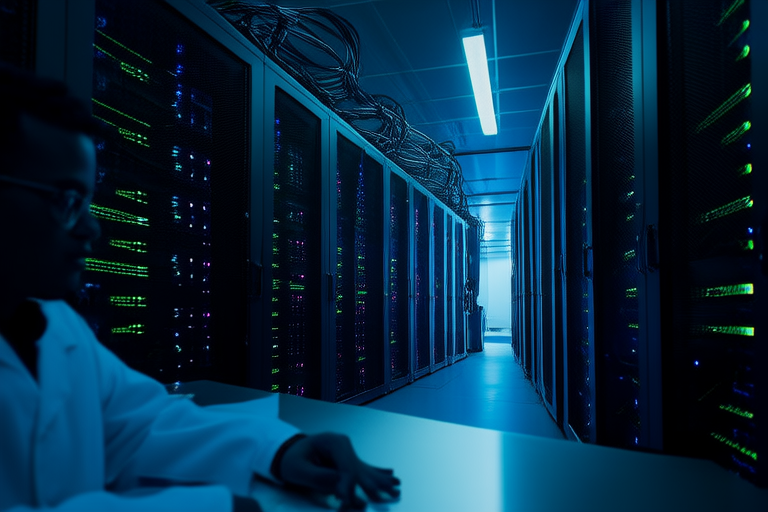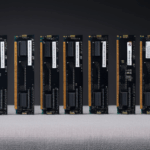Unveiling the Future: How Computer Vision is Reshaping Technology
Introduction
Computer vision, a subset of artificial intelligence (AI), enables machines to interpret and understand visual information from the world around them. This technology has come a long way from its early days of basic image recognition to now encompassing sophisticated tasks like object detection, facial recognition, and scene understanding. As computers become increasingly adept at processing visual data, they are transforming industries and enhancing human life in ways previously unimaginable.
The evolution of computer vision can be traced back to the development of algorithms that can analyze images and videos. Initially, these algorithms were limited to recognizing simple patterns, but with advancements in machine learning and deep learning, computer vision has grown into a powerful tool capable of performing complex tasks. Today, it plays a crucial role in areas ranging from healthcare to automotive safety, retail, manufacturing, and beyond.
Applications Across Industries
Healthcare: In healthcare, computer vision is revolutionizing medical imaging. For instance, AI-powered systems can assist radiologists in diagnosing diseases by analyzing X-rays, MRIs, and CT scans with greater speed and accuracy than ever before. This not only improves patient outcomes but also reduces the workload on medical professionals.
Automotive: Autonomous vehicles rely heavily on computer vision for navigation and obstacle avoidance. By using cameras and sensors to detect pedestrians, other vehicles, and road signs, self-driving cars can make real-time decisions that ensure safe travel.
Retail: Retailers are leveraging computer vision to enhance customer experiences through cashier-less stores and personalized shopping recommendations. Amazon Go, for example, uses this technology to allow customers to purchase items without waiting in line.
Manufacturing: Quality control in manufacturing has been significantly improved thanks to computer vision. Automated inspection systems can quickly identify defects in products, ensuring higher standards of quality and reducing waste.
Security: Surveillance systems equipped with computer vision provide enhanced security by monitoring public spaces and detecting suspicious activities. These systems can even predict potential threats based on patterns of behavior.
Technological Foundations
The success of computer vision lies in its underlying technologies, particularly deep learning and convolutional neural networks (CNNs). Deep learning allows machines to learn from vast amounts of data, improving their ability to recognize patterns and make accurate predictions. CNNs, which are specialized types of neural networks designed for processing grid-like data structures, are especially effective for image analysis.
Another important factor is edge computing, which brings computation closer to where data is generated, enabling faster processing times and reduced latency. Graphics Processing Units (GPUs) and Tensor Processing Units (TPUs) play a vital role in accelerating these processes, allowing for real-time analysis of large volumes of visual data.
Challenges and Limitations
Despite its many benefits, computer vision faces several challenges. One major concern is data privacy, as the collection and storage of personal information raise ethical questions about consent and security. Ensuring that sensitive data remains protected while still being used effectively for training models is an ongoing challenge.
Bias in datasets is another issue that needs addressing. If training data does not represent diverse populations fairly, AI systems may develop biases that lead to unfair treatment of certain groups. To mitigate this risk, efforts are underway to create more inclusive datasets and implement fairness-aware algorithms.
Potential solutions include stricter regulations regarding data usage, increased transparency around model development processes, and continuous improvement of algorithmic fairness techniques.
Future Prospects
Looking ahead, we can expect significant advancements in computer vision technology. Real-time processing capabilities will improve, allowing for more immediate responses in critical situations. Accuracy will also increase as researchers refine algorithms and expand training datasets.
Integration with other emerging technologies like augmented reality (AR) and virtual reality (VR) holds great promise. Imagine wearing AR glasses that can overlay useful information onto your field of view, or VR environments where users interact with virtual objects using natural gestures. These applications could transform fields such as education, entertainment, and remote work.
Conclusion
In conclusion, computer vision is reshaping technology in profound ways, offering immense opportunities across numerous sectors. Its ability to interpret visual data has already led to groundbreaking innovations in healthcare, automotive, retail, manufacturing, and security. As we continue to push the boundaries of what’s possible, we must remain mindful of the challenges and limitations associated with this powerful technology. By addressing these issues thoughtfully, we can ensure that computer vision continues to drive positive change and enhance our lives.


